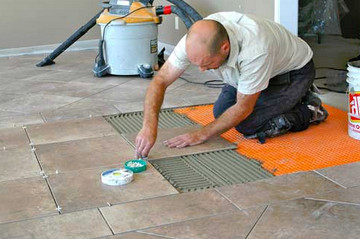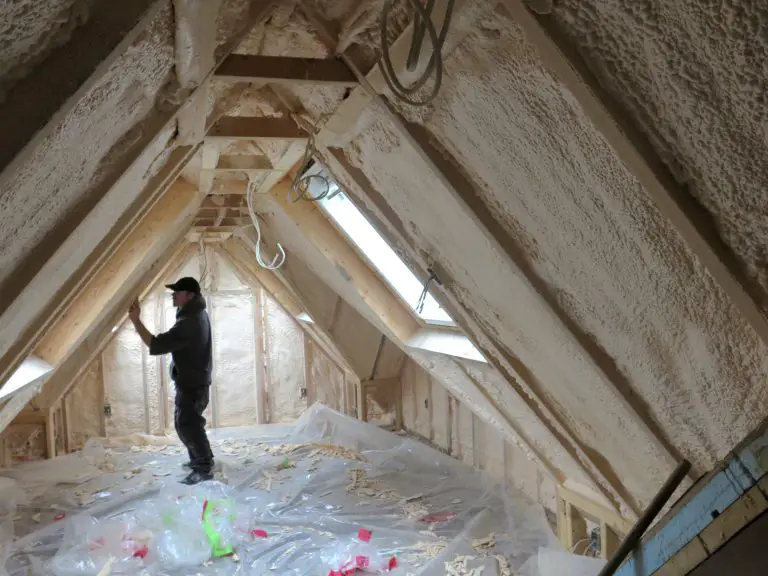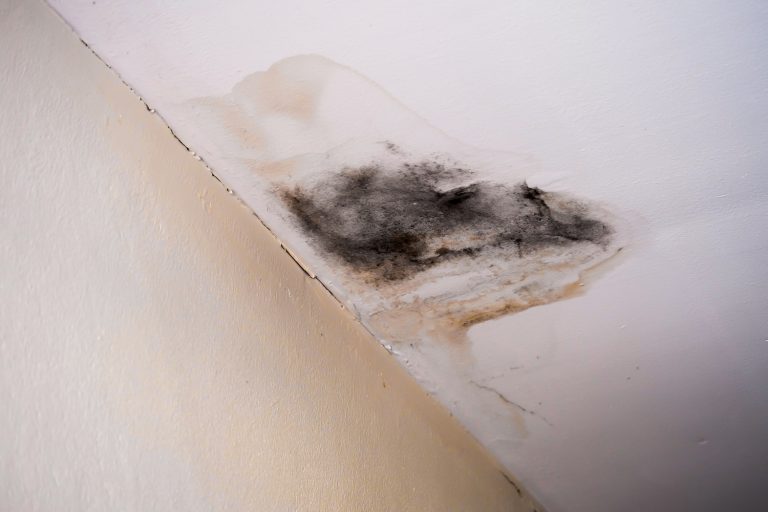Although it’s not thought of very often – and perhaps spoken of even less – a life surrounded by beauty is one of the most important things in life. And this is probably the case for more people than realize it, as you’ll see.
It’s simply more beautiful to pick a basket of green beans from your garden in the lengthening shadows of a quiet summer evening than it is to compete for a parking spot at the supermarket. The sight of a neatly stacked pile of seasoned firewood is more beautiful than the hissing practicality of the natural gas regulator that feeds a high efficiency basement furnace. The plain rows of unlabeled raspberry jam jars in my basement right now give me much more pleasure than the fanciest designer labels on mass produced, brand name jams. But the thing about beauty is that it doesn’t come without a price.
Beauty vs Efficiency
In some ways beauty and efficiency oppose each other. Not always, but often. Technically speaking it takes me much less time to earn the money to buy a basket of green beans at the store than it does time spent cultivating and picking beans in my garden. Heating with natural gas is so much simpler and easier than heating with wood. And if I paid myself even minimum wage to raise berries, pick them, make jam and put it into jars, I may never make my own jam again. It would simply be too expensive in terms of money lost not doing other things. True beauty – especially the kind of beauty that really makes a difference in our lives – always comes with a price. Once I came to realize this fact it made it easier to pursue beauty with a quieter heart. Perhaps the ideas I’ve discovered will help you find what I have. So let me start by taking you across the Atlantic Ocean, to what may be the world’s most impractical – and beautiful – cities ever.
Impractical Beauty
Venice, Italy, was founded more than 1500 years ago by Romans running away from barbarians destroying their homes and lives in Rome. These refugees fled to the small, low, swampy islands found where the Po River empties into the Mediterranean Sea, figuring that no one would be crazy enough to follow them., especially since the depth of water in the area is too shallow for war ships. They were right. Venice grew up around their efforts, and it would be hard to find a more impractical place to build a city. Five miles from the mainland and all sources of building materials. Challenged by a squishy landscape that requires everything to be built on tree trunks pounded 30, 40 and 50 feet into the mud. No simple access to fresh water. No easy way to get rid of sewage without contaminating the waterways on which everything travels. And yet, despite all these challenges and more, Venice is a world-class destination today precisely because of centuries of efforts invested with great skill into a landscape that was (and still is) enormously impractical. What would it do to the mystery and allure of Venice if all the canals suddenly became paved roads, with a super highway off ramps leading cars directly to every shop? Tourism and beauty would dwindle as practicality and efficiency increased.

Mackinac Island, Michigan, is a similar case. In 1898 the local government banned a newfangled invention called the automobile from the island, and that’s the main reason this unique little place draws seekers of beauty from around the world today. While it would be much more practical if everyone could get around on Mackinac by car, the fact that horses, bicycles and feet are the only options is the price that’s paid for this magic land of Victorian buildings, a slower lifestyle and the kind of allure that draws visitors from everywhere. As practical as a bridge to Mackinac and cars on the island would be, it would also kill the heart and soul of the place. God forbid that it ever happen. Below you can see roof shingles and household goods being delivered by horse-drawn wagon along the main street of Mackinac. Terribly impractical, but somehow beautiful, too.

An Impractical Lifestyle

I can see the same trade-off between beauty and practicality on a smaller scale with my Amish neighbours David and Miriam. They and their community have committed to having no connection to the electrical grid because of the spiritual and social dangers that easy and constant access to power brings into the home and family. They’ve drawn a line in the sand when it comes to electric power (and a lot of other things), a line that they will not cross even though it exacts a high financial and efficiency cost. Here’s what I mean.
With lots of livestock to water, David has rigged up an electric-start, 5 hp gas-powered engine that fires itself up whenever water pressure in a holding tank drops below a certain level, with the engine shutting itself off again when water pressure reaches a certain upper limit. It’s exactly like the electrical system that powers most rural water systems for non-Amish folks, except with the enormously more complicated details of making it happen with the power of a gasoline engine instead of an electric motor. It costs more a lot money to operate this system than with an electric pump, it’s much less reliable, a gas-powered water system is much more difficult to deal with in winter, it’s more noisy and it requires more maintenance, too
Now, I know what you’re probably thinking. If my Amish neighbours are willing to plug into the fossil fuel system to power their water system, why do they reject electrical power from the grid? What’s the difference?
A complete answer to this question could occupy another blog in itself, but the short answer is simple. Grid power in the home is one step closer to the TV, music, movies and leisure focus that would kill their community life and moral values, especially in children. Everyone living the impractical Amish lifestyle have chosen to be there. I for one find the Amish bring a lot of beauty into the world, and I’m thankful that they’re willing to draw lines in their lives beyond which practicality will not cross. Even my 14-year-old son, though not at an age to necessarily appreciate subtle examples of beauty, said quite excitedly one day as we passed our Amish neighbours going the other way in their horse and buggy: “Wow, Dad! That’s such a beautiful thing!” Beautiful, yes, but it comes at a cost.
David and Miriam work harder than most non-Amish I know, they have less material goods, and it takes them two hours in an open buggy in the winter to get to town where it takes me 20 minutes riding in heated comfort. They certainly pay a price in terms of practicality for the way they live, yet they also bring more beauty into the world because of it. It would be a sad day indeed if the Davids and Miriams of the world decided to live as practically and efficiently as possible. Their goal is not to create beauty, but that’s exactly what happens in many ways.
Beauty in Your Life
In my own life I often approach building projects and farm management with a heavy emphasis on beauty. You can see it in the stonework I do, in the way I manage my pasture and forest, and the way I’ve found it worthwhile waiting to get beautiful things until I have the extra money they often require. To many people this is crazy, but I’ve found it to be the kind of craziness that makes sense over time. The stone wall I built to the peak of my house that you can see below took months to create, compared with vinyl siding that would have covered and weatherproofed the space in less than one morning’s work.

I’m definitely not saying that impracticality necessarily leads to beauty. It sometimes doesn’t Impracticality can be quite ugly. It’s just that beauty often does demand a certain amount of practicality be given up. We don’t get something for nothing in this world. So when I think of Venice, Mackinac Island and my Amish neighbours, it helps me happily embrace the little impracticalities that my rural living demands. Perhaps we can all find a little more room in our lives to embrace that kind of impracticality, the kind that brings more beauty into the world.












